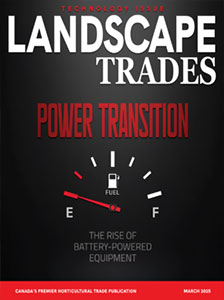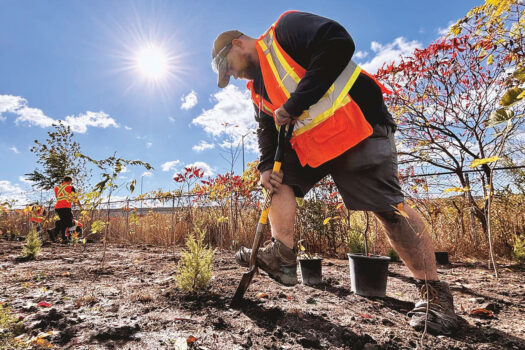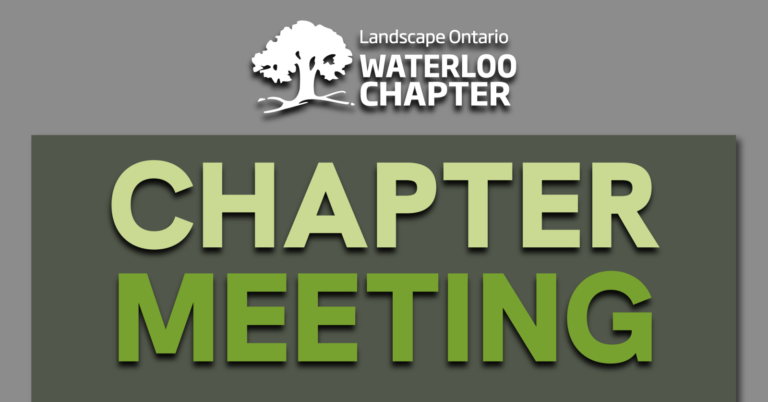 The Ministry of the Attorney General recently announced major reforms to Small Claims and Simplified Procedure as of Jan. 1, 2020.
The Ministry of the Attorney General recently announced major reforms to Small Claims and Simplified Procedure as of Jan. 1, 2020.
Small Claims Court(1)
- The monetary jurisdiction of the Small Claims Court will increase from $25,000 to $35,000.
- The minimum amount that may be appealed to the Divisional Court will increase from $2,500 to $3,500.
- Litigants who have previously commenced a claim in Superior Court can seek to transfer their case to Small Claims Court if the claim falls within the new threshold.
The government expects the change in monetary jurisdiction will make it faster, easier and more affordable for people to resolve disputes. However, it’s not clear from the government’s press release whether additional resources will be diverted to the Small Claims Courts to handle a potential increased case load.
Simplified Procedure(2)
- The monetary jurisdiction for proceeding under Simplified Procedure will increase from $100,000 to $200,000.
- The per-party time limits for conducting examinations for discovery will increase from two hours to three hours.
- Actions will be tried by a judge alone. No jury trials will be permitted.
- Parties will have to to schedule a pre-trial conference within 180 days of the action being set down for trial.
- At least 30 days before pre-trial, parties must agree to a proposed trial management plan which contains a number of items including, a list of all witnesses, including experts, and an agreed-upon division of time between parties for all stages of the trial.
- Pre-trial judges will have the power to fix the number of witnesses, other than experts, fix dates for the delivery of witness affidavits and set the date for the trial.
- Trials will be limited to five days.
- All evidence at trial will be submitted in affidavit form. Parties will have a right to cross-examine the deponents who are adverse in interest. Examinations in chief will no longer be permitted.
- Recovery of costs will be capped at $50,000 and disbursement recovery will be capped at $25,000.
The government hopes the changes will have a significant impact on how personal injury actions, including slip and fall cases, are pleaded and litigated. It’s a safe bet more slip and fall cases will be commenced under the Simplified Procedure.
A Plaintiff’s lawyer will have to take a close look at the realistic value of a claim before issuing a Statement of Claim. Whether to issue under the Simplified Procedure or the ordinary procedure is now a much more important decision. The costs consequences of Rule 76 provide that a plaintiff can be refused costs if she sues under the ordinary procedure, but reasonably should have sued under the Simplified Procedure. So choosing the Simplified Procedure may be the safest route.
For a winter maintenance company that is sued in a slip and fall case, there are a few important things to know.
First, fewer slip and fall actions will be commenced under the ordinary procedure. Most slip and fall cases will be commenced under the Simplified Procedure. Some believe that there will be more trials because trials will be less expensive under the Simplified Procedure. If it works out that way, winter maintenance contractors and their staff may find themselves in court more often.
Second, keeping good records becomes more important than ever. The Rule changes have eliminated oral testimony in examination and chief. That’s the part of the case where parties used to tell their side of the story. Instead, a party will file a written affidavit. Records will be attached as exhibits to the affidavit to back up what is said in the affidavit. Carefully kept records will provide essential support for what is described in the affidavit — especially if those records are detailed, and generated contemporaneously with the winter maintenance work that was done.
Third, since jury notices are not allowed under Simplified Procedure, jury trials in slip and fall cases will be the exception rather than the rule. For the most part, slip and fall trials will be judge alone trials. On one hand, that may make for more consistency and predictability in trial results down the road. But on the other hand, in the near term, it creates uncertainty for defendants. That’s because defendants have typically chosen trial by jury, based on common beliefs, rightly or wrongly held, that juries are less likely to find liability than judges, and more modest in their damages awards than judges.
Will we see fewer settlements and more cases going to trial? Will the move away from the civil jury trial affect liability and damages outcomes? We’ll have to wait and see. The jury is still out.
(1) O. Reg. 343/19: SMALL CLAIMS COURT JURISDICTION AND APPEAL LIMIT, filed Oct. 23, 2019 under Courts of Justice Act, R.S.O. 1990, c. C.43.
(2) O. Reg. 344/19: RULES OF CIVIL PROCEDURE, filed Oct. 23, 2019 under Courts of Justice Act, R.S.O. 1990, c. C.43.
Moodie Mair Walker LLP






